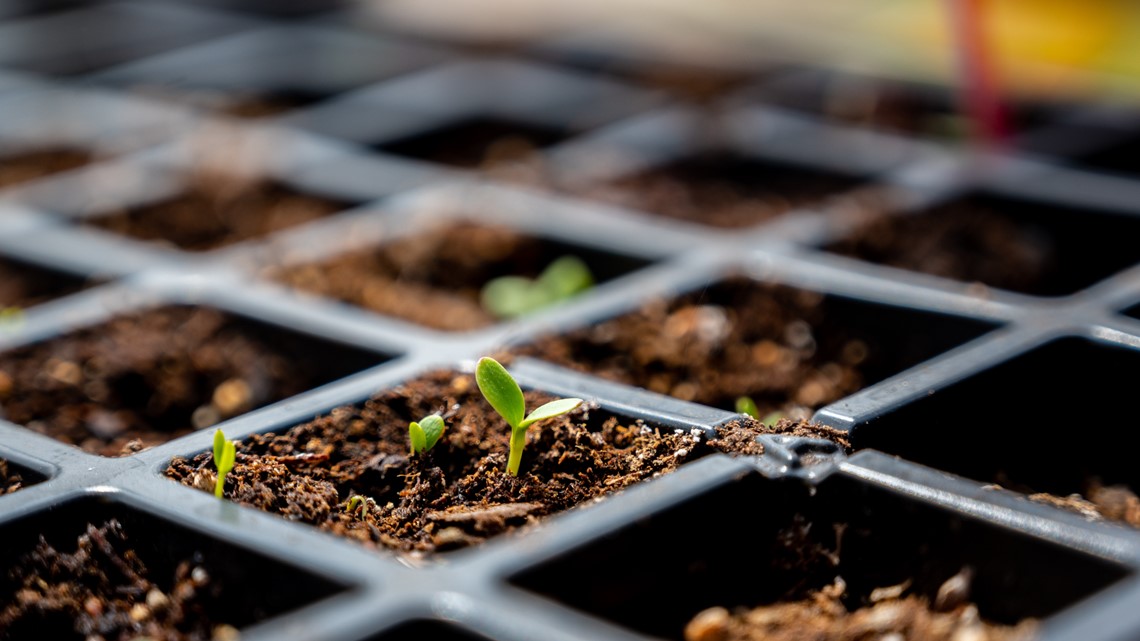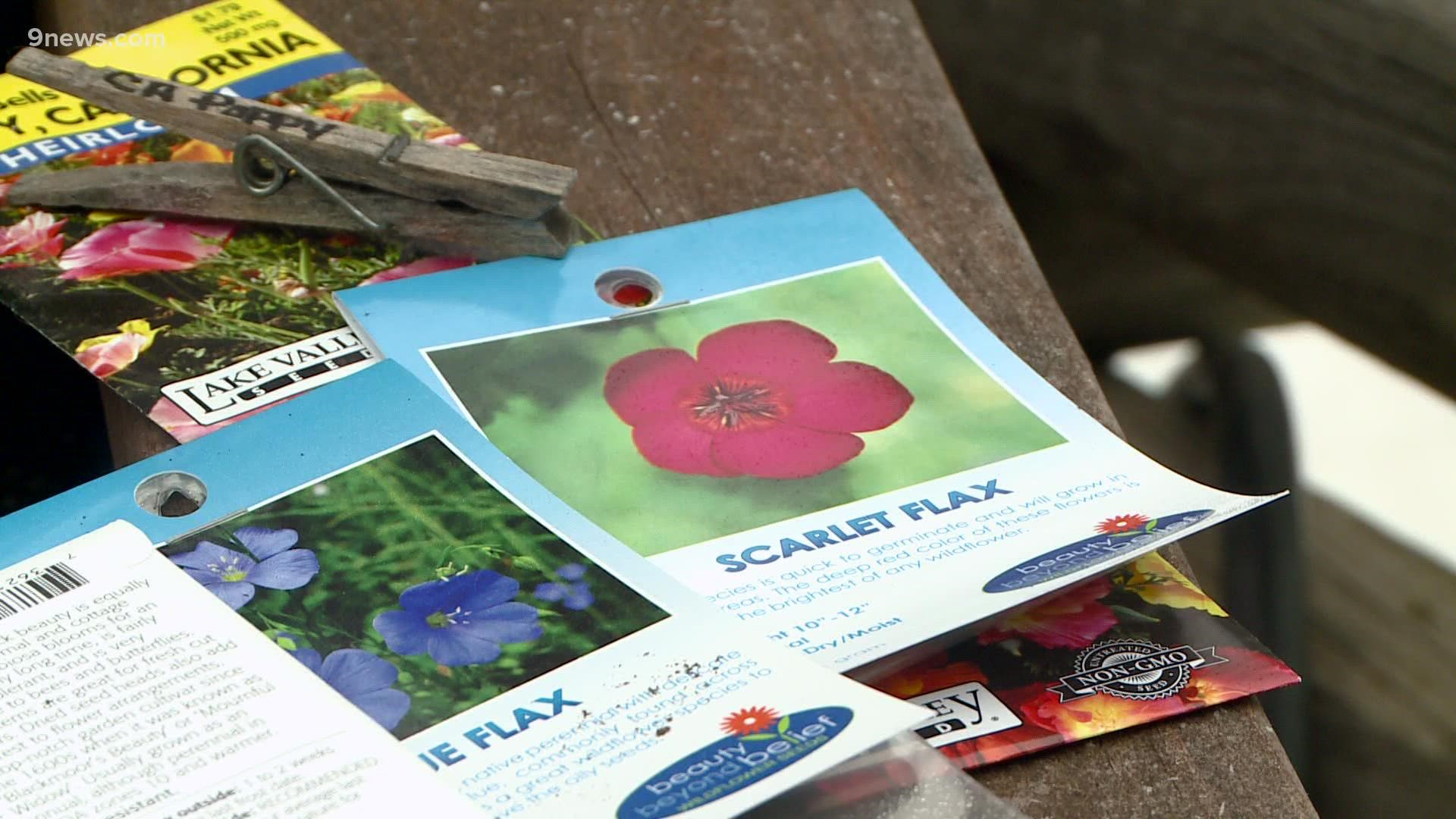COLORADO, USA — As you order and receive your new seeds you may come across the words “cold stratified”. Cold what? If you usually plant summer annuals or vegetables this may be new to you.
Don’t worry, cold stratification isn’t complicated because Mother Nature will do all the work for you. Planting seeds of perennials, many hardy annuals and some herbs needs to happen now.
While I might not appreciate this cold weather, the seeds from my coneflower, black-eyed Susan, helianthus, and lavender that have scattered throughout my perennial beds do. Those little seeds are going through a process called “cold stratification” where their hard outer coat is softened by frost and moisture over the winter. This process triggers the seed to germinate once the soil warms in the spring and they will eventually break through to search for sun and nutrients.
There are a few different ways you can plant your seeds. Direct sow into your perennial beds, plant in a large pot, or plant in a milk jug or other plastic container.
Cold stratification or winter seed sowing is NOT for summer vegetables or annuals. Save those for starting indoors. Check the seed packets for help in identifying which seeds need cold stratification. Look for words like…
- “self sowing”
- “direct sow outside in the fall or early spring”
- “cold stratification”
- “cold hardy”
- “perennial”
You don’t have to have a large garden space to grow many of these plants. By using a large pot or plastic container you can do this on a deck or patio.
Supplies:
- Plastic container to act as a little “greenhouse” (milk or water jugs work great)
- Seeds
- Scissors, knife
- Potting soil, seed starting mix
- Plant markers
Steps:
- Wash out plastic containers.
- Cut in half (I left about 1” in the milk jugs as a “hinge”), poke holes for drainage at the bottom.
- Label containers or plant tags.
- Add 3-4” of PREMOISTENED soil.
- Plant/spread seeds according to seed packet directions. Space with transplanting in mind.
- Replace top ½ of jug and tape to secure.
- Remove cap so moisture can get in.
- Place outside, NOT in full sun, where snow/rain can get into the container.
- Watering will only be necessary if our winter continues to be mild.
- Once your garden soil is workable, the worry of frost has passed, and your plants have a few sets of strong leaves then it will be time to transplant.


More Proctor's Garden:
> Top stories curated daily just for you! Sign up for the 9NEWSLETTER to get can’t-miss stories, Next and Broncos content, weather and more delivered right to your inbox.
SUGGESTED VIDEOS: 9NEWS Mornings

